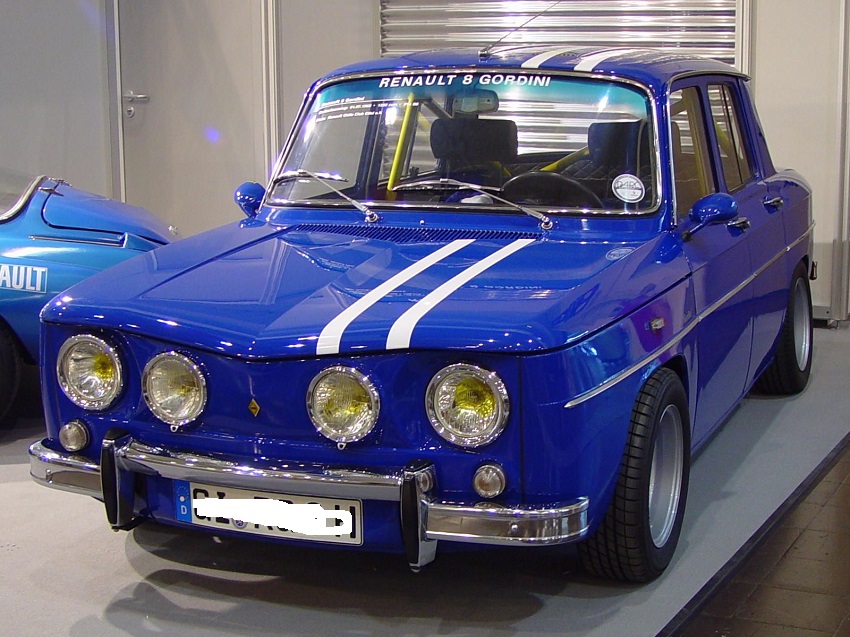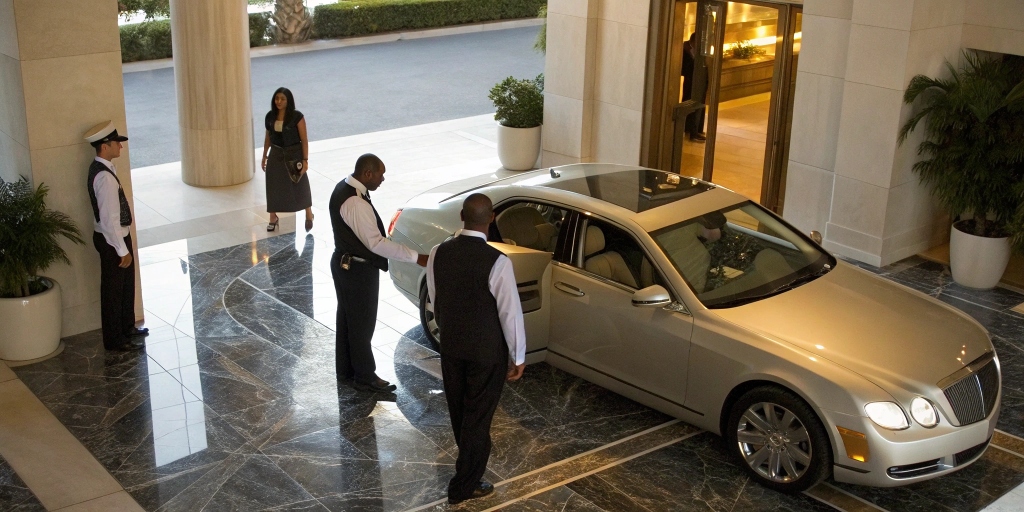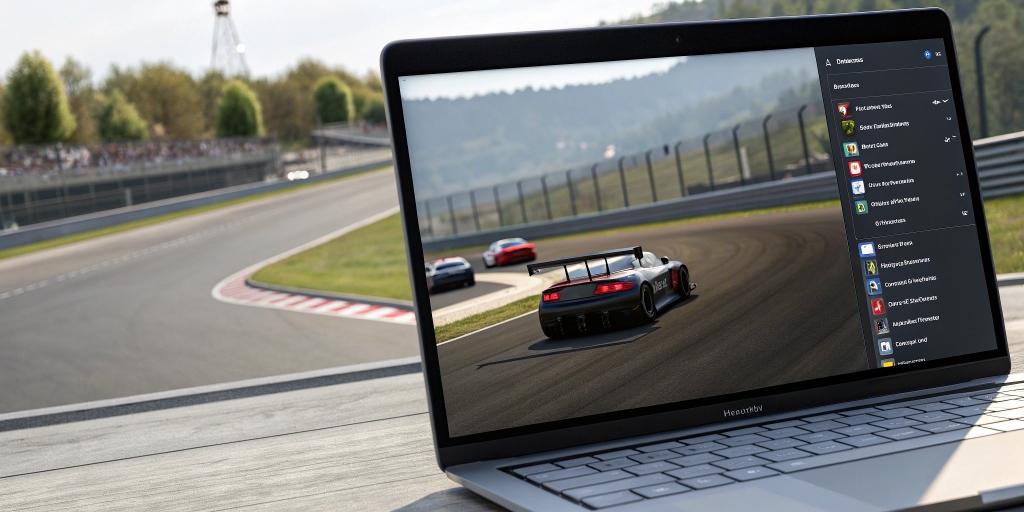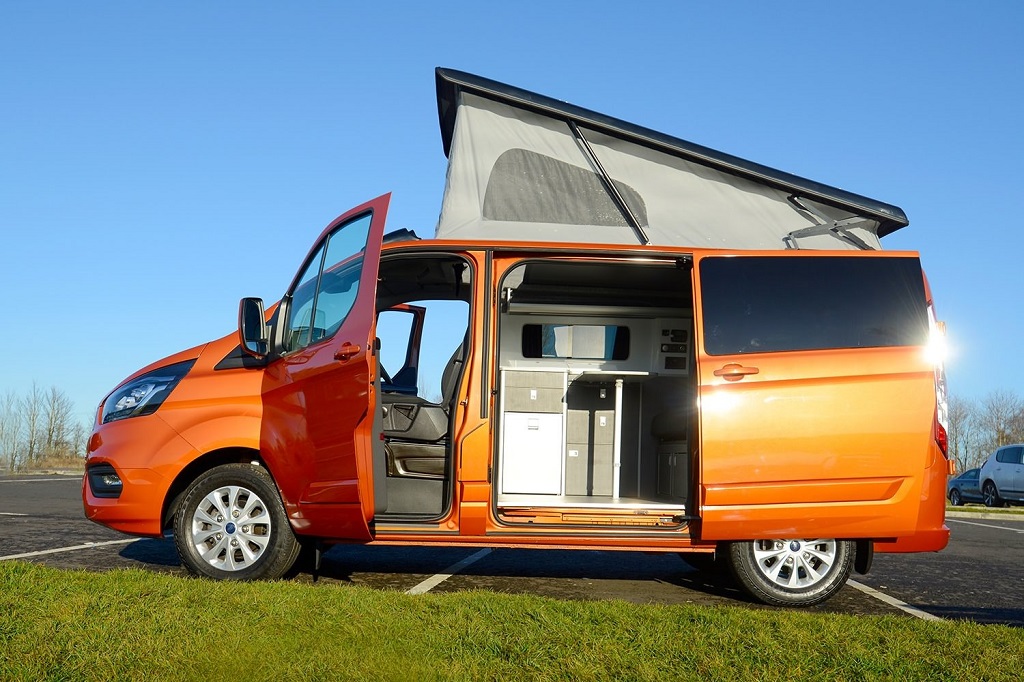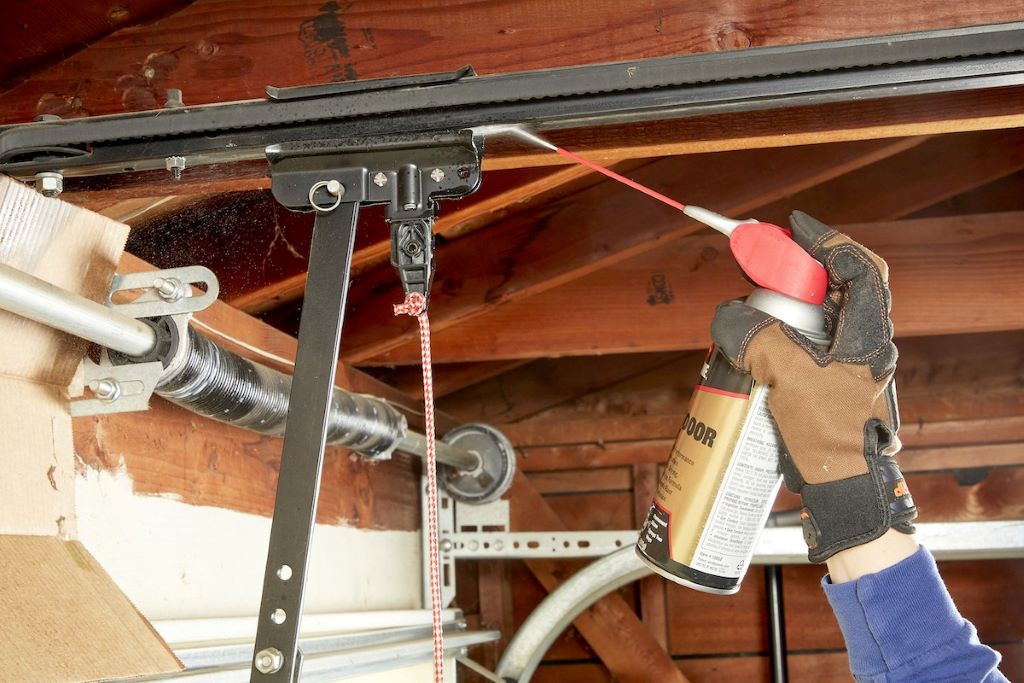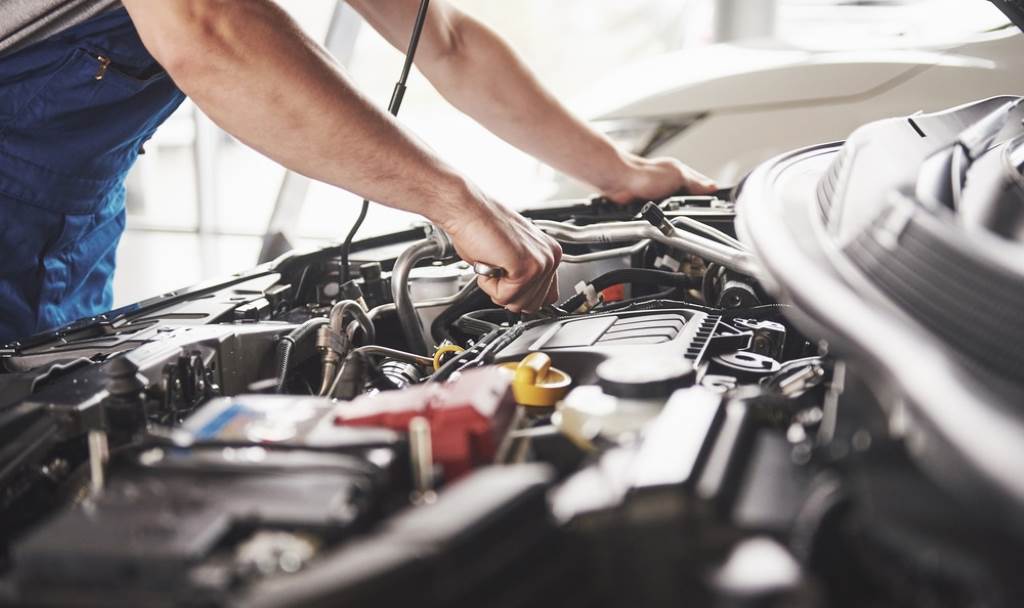Unanimously acclaimed, either of the two versions of the Renault 8 has earned a place in the history of the automotive industry in our country; especially the TS, linked to the National Cup. Few cars have united so much consensus as this, and the truth is that their demand was very high throughout their twelve years of life in Spain.
After the introduction of the R4, with the engine and front-wheel drive, it is clear that the Renault 8 was a conservative choice on the part of the brand. At least for its mechanical distribution, no longer on the technical or aesthetic level; where introduced many novelties. This could be due to the type of audience to which it was addressed. Since although models such as the Citroën 2CV, the Mini or even the R4 itself had shown that the “everything in front” could be a success, it was not clear that the formula worked in higher segments.
The birth of the Renault 8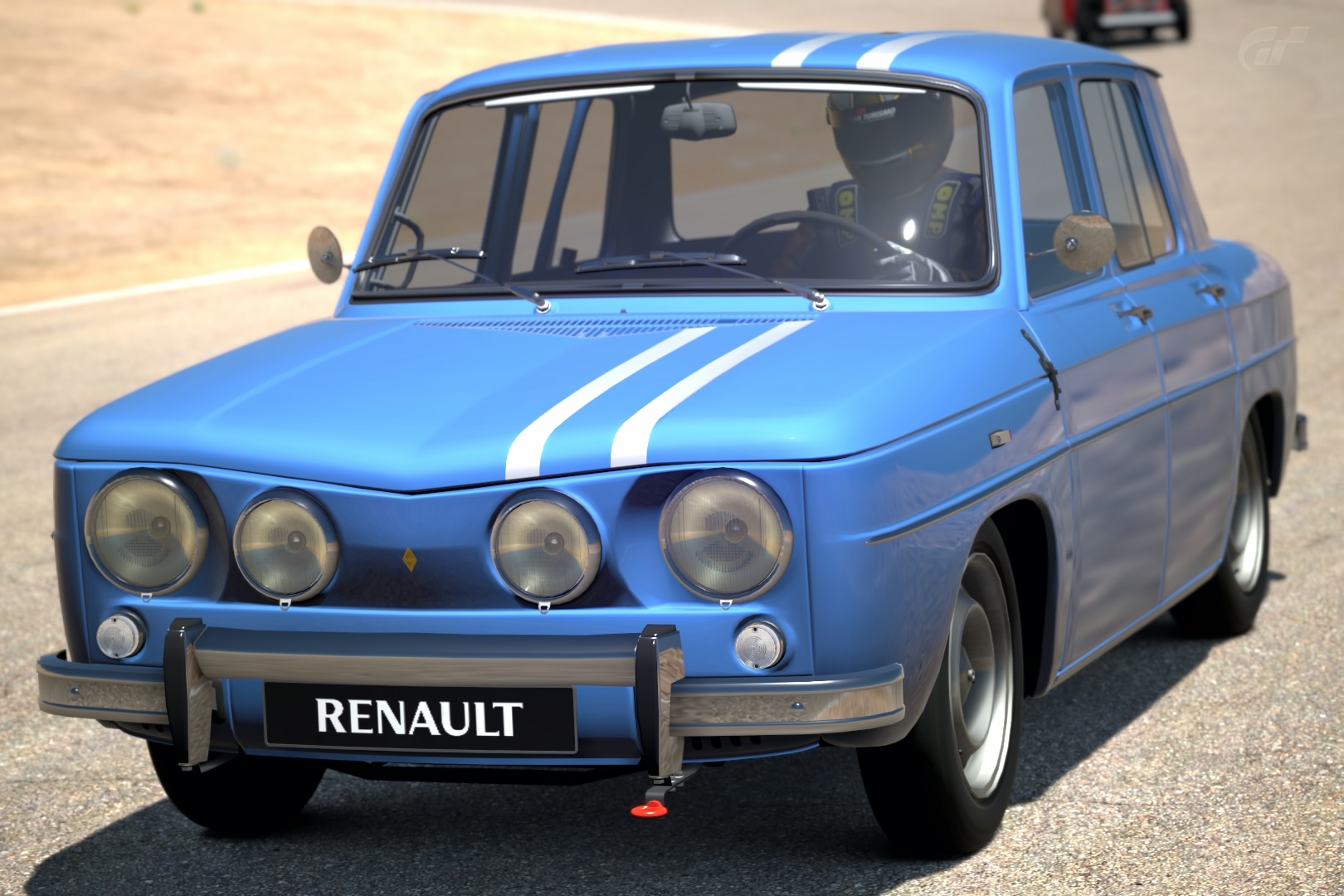
It could also be that his conception started at the end of the 50s. And it is that, in a market where the commercial life of each model was becoming progressively shorter, the Régie went to work in the substitute of the Dauphine almost from the same moment of the launching of this one; It was what was called Project 113.
The department of the style of the brand was commissioned from the design, with Robert Barthaud at the head. Although he also intervened as external designer Philippe Charbonneaux; since at first, they did not convince the first sketches presented by Barthaud. The rounded shapes of the Dauphine gave way to much more square in the Renault 8; that also favorably influenced the habitability. Something to which, without a doubt, the location of the spare wheel, in its own space under the boot, contributed.
The little details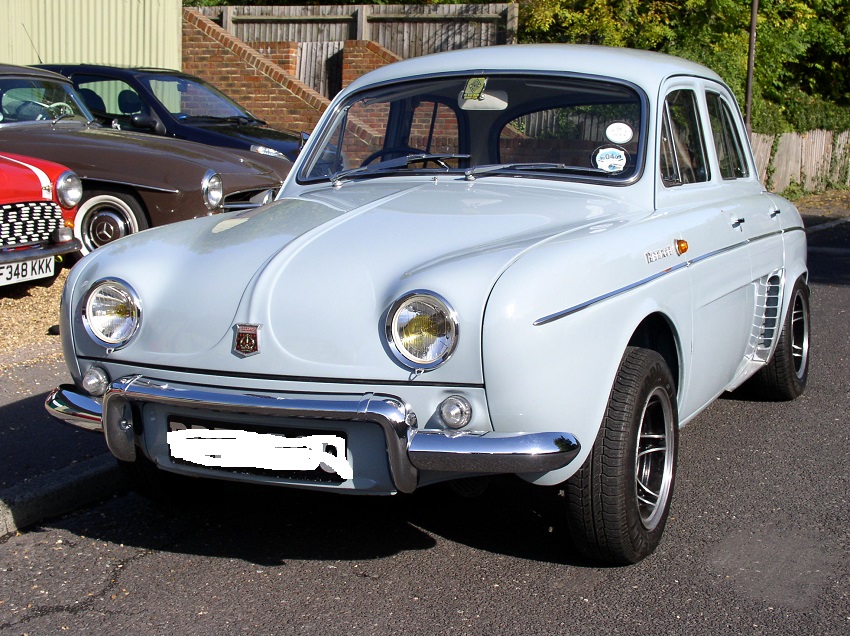
But it is undeniable that what surprised most was the shape of its hood, almost of a rain gutter, with a pronounced central cleft. Neither left indifferent the location of the logo, located on the left (in the direction of the march), instead of centered; a position that remained until the arrival of the double headlights. The novelties came not only in the aesthetic section but also in the technical one; with for example the discs of a break in the four wheels, although the versions FASA only equipped them in the front axis.
With regard to the passenger compartment, not only was space gained, but the materials were better; as well as the aeration system. Everything was the result of an in-depth study, since, for the first time, the design of the interior was carefully taken care of, working on ergonomics, in the shapes, sizes, and springs of the seats, in watchmaking …
Quality jump
The jump with respect to its predecessor was remarkable. Including some elements of comfort that until then seemed destined to upper segments; such as reclining seats, storage slots, controls grouped around the steering wheel, courtesy mirror on the sunshade, interior lighting, three ashtrays (two front and one for the rear seats) or armrests on the driver and front passenger doors.
Evidently, it was not the Renault 8 the first car of its category to include these luxuries; but perhaps the pioneer in reuniting them together, something that logically did nothing but wins the favor of the public.
Engine
The mechanics of 4 cylinders in line and 956 cm3 chosen for the R8 was redesigned; Although some solutions were inspired by the one that already equipped the 4 CV and Dauphine. Work of the Vuaillat had a crankshaft of five supports, which allowed higher speeds of rotation and with them a greater power and a diameter per race of 65 x 72 mm.
The final power was 41 HP at 5,200 laps and the top speed of 130 km / h. The mechanics, which will go down in history under the name Sierra, had really debuted in the last Floride, the S.
Changes and suspension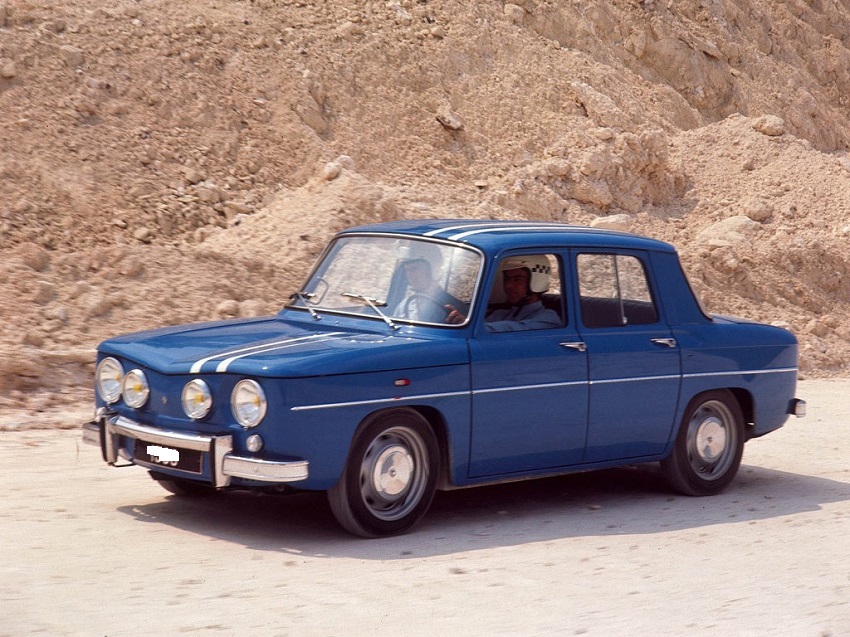
Regarding the change of gears, initially, it was available in versions of three or four relations (always with the first one without synchronizing). Although since 1963 a new change of four relationships was set up, all synchronized, as the only option. This box, which had been released in the Caravelle, was the one carried by the national variants.
The independent front suspension was supported by two oscillating trapezoids and had a stabilizer bar. The rear, also independent, was undergoing modifications throughout the life of the model; with different falls in the wheels, lowering the center of gravity. With what was expected to improve the grip and behavior.
The first changes
Throughout the years, the Renault 8 was undergoing various changes. At the end of the summer of 1967, the original board was changed to that of the R10, including the wooden board that covered it and the side ventilation vents, although the glove box did not have a lid. They also took the seats of the R10. This second generation has no counter-type in those marketed on the other side of the Pyrenees. In addition, the price of both the R8 and R10 was lowered to compete with the Simca 1000 GL and Morris 1100 respectively.
From September of 1971, the rectangular instrumentation gave way to one with circular clocks; also changing the steering wheel, the gear lever, the handle of the handbrake, improving the interior mirror and the sun visors, in addition to including new seats. On the outside the hubcaps or the exhaust were modified, now straight like the TS, adding a chrome trim to the R10 style.
Evolution
The tires of the TS of 4.5 inches were also incorporated, which increased the track. He also received the block and cylinder head of the R12; while the diameter of the valves was extended and the exhaust manifold had four independent outlets. The pistons or Delco also underwent modifications. All this work resulted in about 3 extra CV of power. It was used to reflect the evolution in the range of colors, now with up to seven variants to choose from. These changes were delayed in the R8 TS. So that they did not affect the current season of the III National TS Cup.
As early as 1972 the dual headlights of the TS were adopted throughout the range, as well as larger rear pilots and 14 “wheels. Also, the interior received small alterations, including the carpet covered floor. In May of 1973, the bumpers and the position of the flashing lights were changed, which included new tires and larger tires (from 135-15 to 145-15). The fall of the rear wheels was also modified to improve the stability, something that was never completely refined.
The Renault 8 TS
Some managers of FASA Renault were convinced that there was a gap in the market for an R8 sports , so with the arrival of the R10 and its mechanics of 1,108 cm3 convinced the direction of FASA to take the step, thus born in October of 1968 the Renault 8 TS , whose historical importance in our country goes far beyond the merely commercial, since, as it is well known, it was the model on which the first editions of the TS National Cup were played.
At this point, it is worth clarifying that we are dealing with a completely national model, without replication in France; where the Gordini variants reached up to 88 HP. However, the Renault 8 S is very similar to our protagonist; although it was endowed with a bourgeois character, and thus it was marketed.
The base of the R8 TS
Based on the engine of the R10, with high compression up to 9.5 to 1 and other mechanical variations, 53 CV was obtained (compared to 46 of the R10). On the outside, two extra headlights were added on the front that accentuated their sportiness, while the instrument panel changed completely, with an attractive battery of watches in front of the driver. Also, the steering wheel upholstered in leather and with two holes was more sporty, as well as the seats.
Everything was accompanied by two “bright” colors (blue and yellow) specific to the TS. From the same presentation, it was clarified that both the R8. And its TS variant was destined to coexist in the market and that the latter offered to anyone who wanted a higher reserve of power and, with it, better benefits. As with the R8, the TS received the R12 block in 1972, with larger valves and intake and exhaust ducts. With some modifications in the cylinder head, combustion chamber or in the axis of cams, the power increases 3 HP, reaching 56.
Commercial life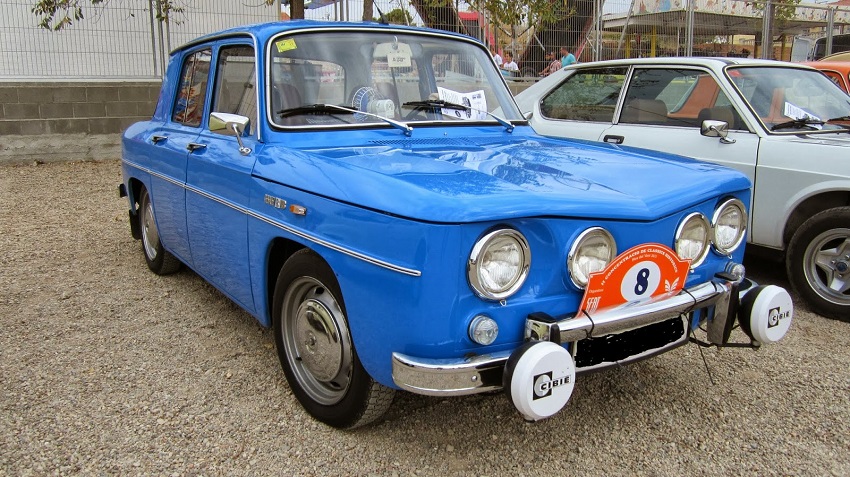
The reception that the R8 had was very good, and that at the end of his life the “all back” were already outdated; Despite this, their sales figures were really remarkable, remaining stable throughout their commercialization. Something that did not even affect the oil crisis. He was accompanied by huge differences existing with the behavior of his brother, the R10, who came to surpass our protagonist in his second year of life, but whose sales were reduced to almost a quarter almost immediately.
And is that the luxurious variants of known models have never finished working. Because their image is still linked to the cars from which they derive. Actually, our protagonist fell out of the FASA catalog because it was not so profitable for the brand; since the demand was still very high. Precisely an R8 blue left plant in April 1966 was the Renault number 200,000 produced by FASA.
At the controls
His fame precedes him, and the chronicles of the time speak of the R8 as a car that was good, spent a lot and was nothing short of unbreakable. The engine is very elastic and pushes from below, with a well-earned reputation in recoveries and an acceptable top speed. Both comfort and cushioning always received very positive reviews, despite the fact that it was sensitive to the lateral wind, while its brakes, with the front discs, were considered for a long time as a reference in the national market. The gearbox was praised in the same way.
The ” buts”
Among the bumps, the rear suspension is unstable when the car transports five passengers, a problem that ended up being endemic despite the efforts of the brand because it was a design deficiency difficult to cure. Regarding the TS, its sportiness has always been highlighted, thanks to the developments of the engine that. In conjunction with the excellent gearbox, allowed to extract everything that the mechanics gave. To find the limits, he demanded a fine driving. Because the rear axle was still nervous and the brakes noticed the increase in performance. But in general, he always received excellent reviews.
A great value … sentimental?
The value of the R8 and especially of the TS moves away, and it seems that more and more, of what we call the sentimental value. The first is around 3,000 euros, in an excellent state, while the R8 TS has been established at the border of 9,000 euros, always talking about units in great condition. Taking the proper precautions will be a great purchase. Because luckily there are a good number of units in fantastic condition available.

